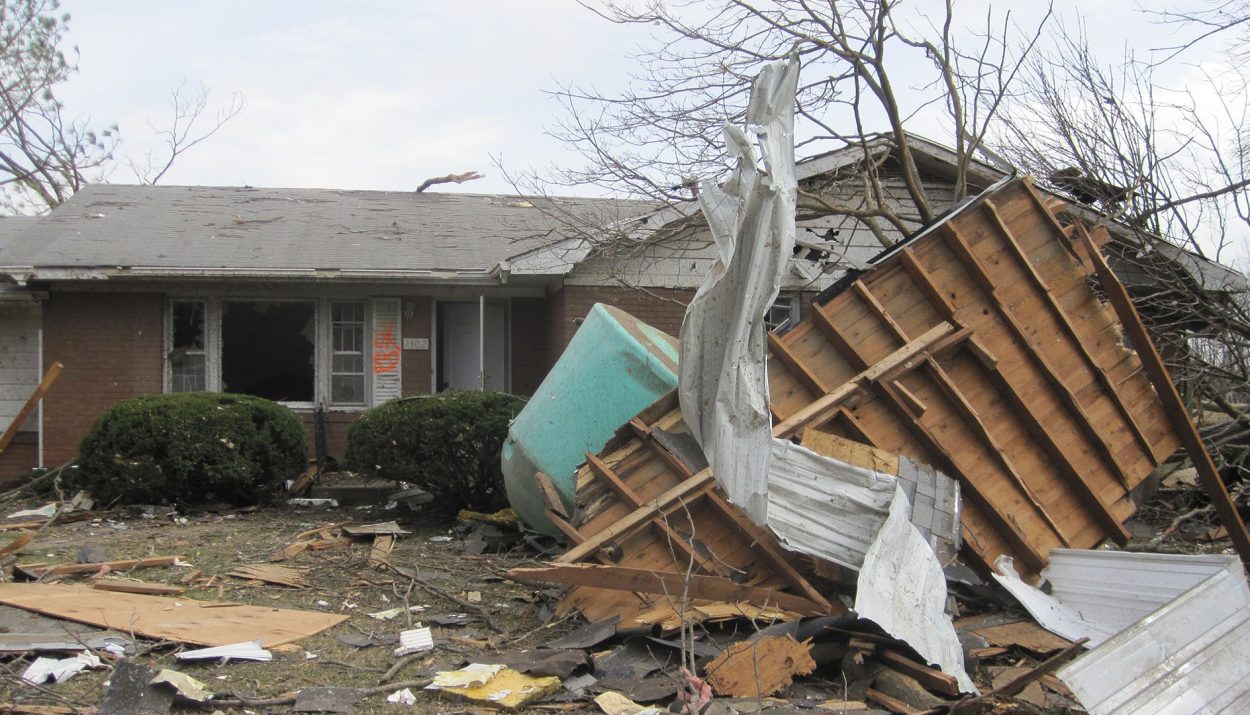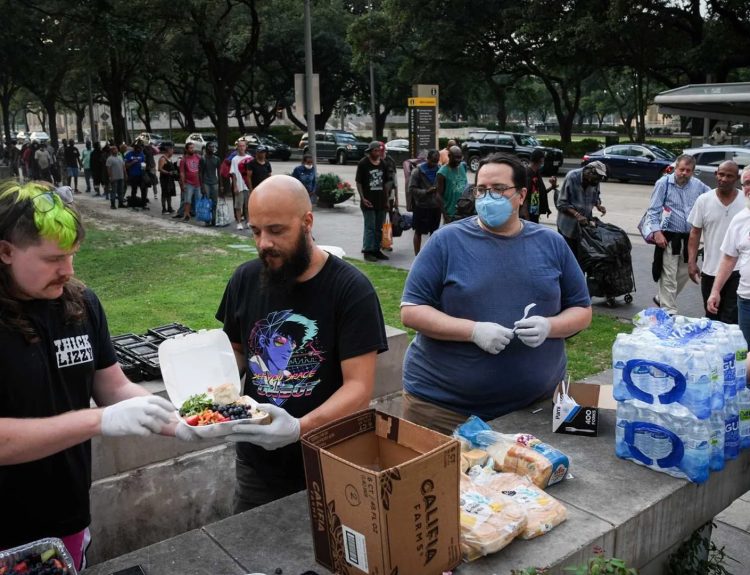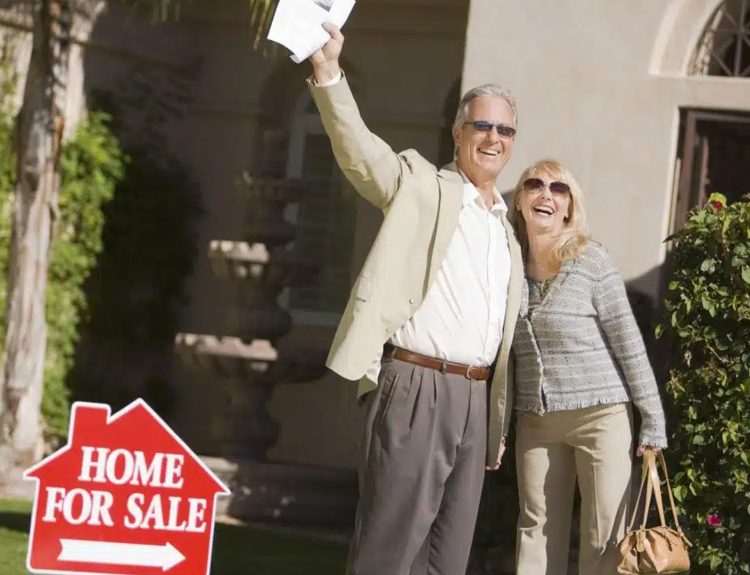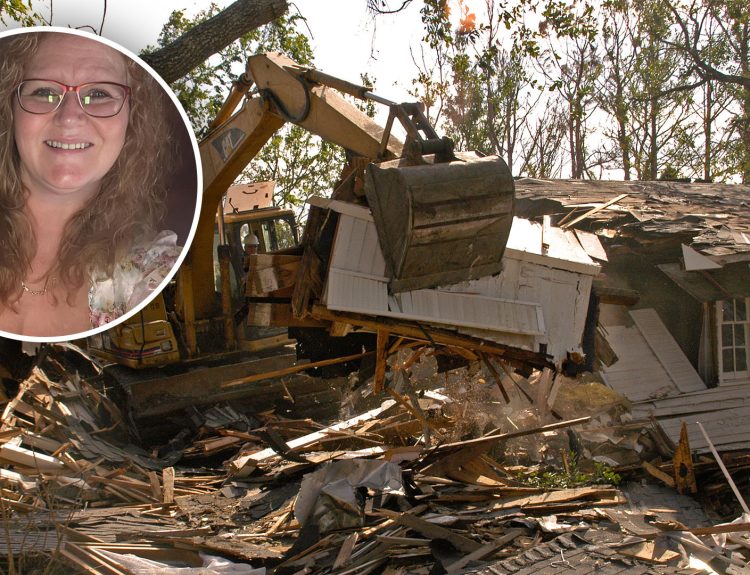Conversations around insurance are tricky to have in the United States. The different types of insurance the requirements for each can be confusing to navigate, and some types of insurances – namely medical insurance and the debt that can be associated with it – have led to one of the primary causes of bankruptcy in the last 30 years.
What is Insurance?
Insurance is, basically, a safety net that can be applied to various aspects of life, protecting individuals and families if something unexpected happens. Most forms of insurance are optional, while some, such as car insurance, are obligated to be carried by state and federal laws.

Medical insurance is another type of insurance that, under the Affordable Care Act, was once required to be held. Adjustments to the ACA have been made in recent years to remove the requirement of medical insurance, which can be a significant financial burden for most Americans.
Different Types of Insurance
Even with the different types of insurance that aren’t mandatory, though, they’re still a good idea to consider. Things like life insurance and dental insurance might not be immediately necessary like, car insurance or medical, but they oftentimes make life significantly easier when the need for them comes up.
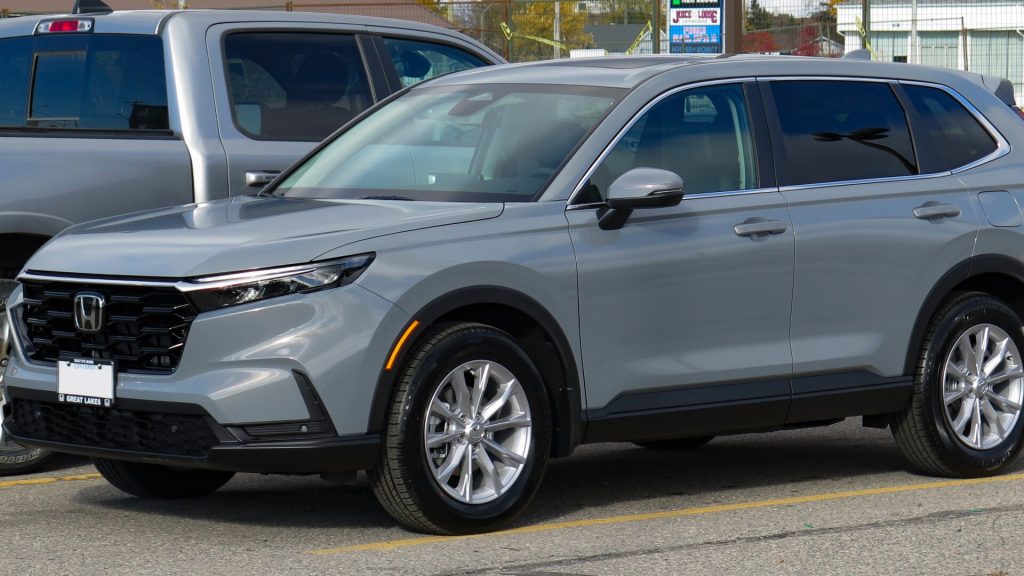
Homeowners insurance is one of those types of insurance that falls under this umbrella. Homeowners insurance and renter’s insurance allow for individuals to be protected if something happens to their residence, letting them recoup the cost of damages should their property be damaged or broken into.
Homes are an Expensive Necessity
The place that we live is, oftentimes, one of the highest monthly expenses for Americans. The coast of living has grown steep over the last fifteen years, and wages haven’t risen in conjunction with it. Therefore, many Americans are spending a significant amount of their monthly income merely to have somewhere to live.

The high cost of living and the amount of investment that many Americans have in their homes makes it understandable that they would want to protect their investment, and their property. This is where homeowners’ insurance comes in.
Many Americans Don’t Have Homeowners Insurance
Unfortunately, while it’s a fact that homeowners’ insurance makes life both more stable and less risky for homeowners, this is one type of insurance that has a disproportionate rate of bypassing. That is, homeowners’ insurance is one that many Americans choose not to purchase, despite the obvious benefits.

A study done in 2021 by the Consumer Federation of America found that uninsured property accounts for 7.4% of all properties in the country, and leaves $1.6 trillion in property value unprotected.
A Significant Number, Indeed
This is a staggering number, which accounts for approximately 1 in 13 American homeowners who are uninsured. These homeowners live in about 6.1 million homes across the country, with some states seeing higher levels of lack of insurance than others.

The study also found that homeowners earning less than $50,000 per year are twice as likely to lack insurance, compared to homeowners in general. Among lower-income homeowners, the amount without insurance is a staggering 15%.
Demographics Play an Important Factor, Too
And, of course, economics is not the only factor that plays into these statistics. Demographics are an important factor as well, and one that the study looked into. It found that there are certain demographics that are disproportionately at risk for lacking insurance, to nobody’s surprise.
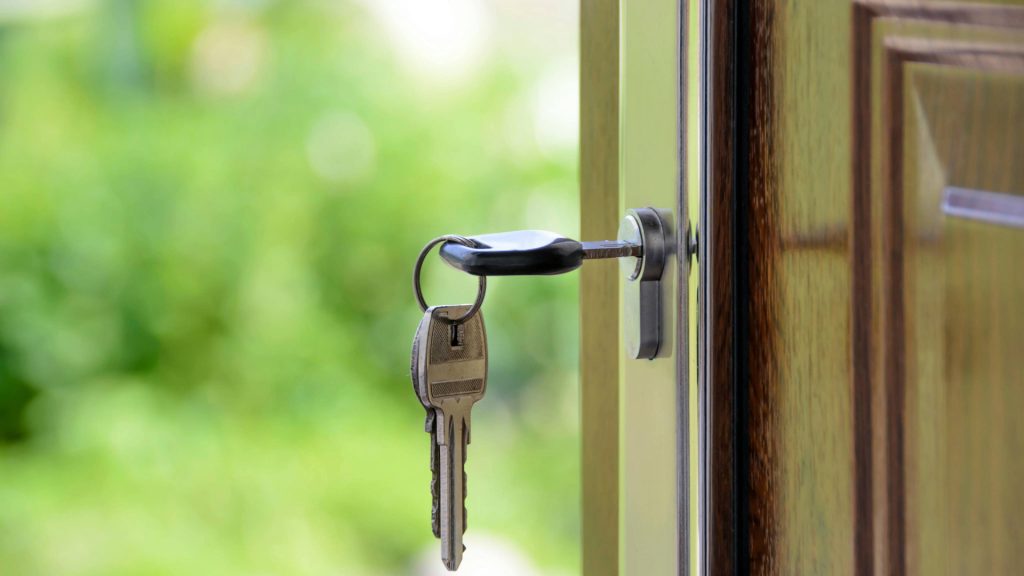
The study found that 22% of Native American homeowners were without insurance, 14% of Hispanic homeowners, and 11% of Black homeowners. These demographics are often unfairly impacted in different matters of economic growth, and owning homeowners insurance is one of these metrics.
As Well as Type of Home
The type of home that was owned was found to play a factor as well. 35% of owners of manufactured homes were found to have no insurance, as well as 29% of individuals who inherited their homes. This compounds with the fact that rural homeowners, as well as those living in the metro areas of Houston and Miami, and homeowners in Mississippi, New Mexico, and Louisiana are most likely to not have insurance.
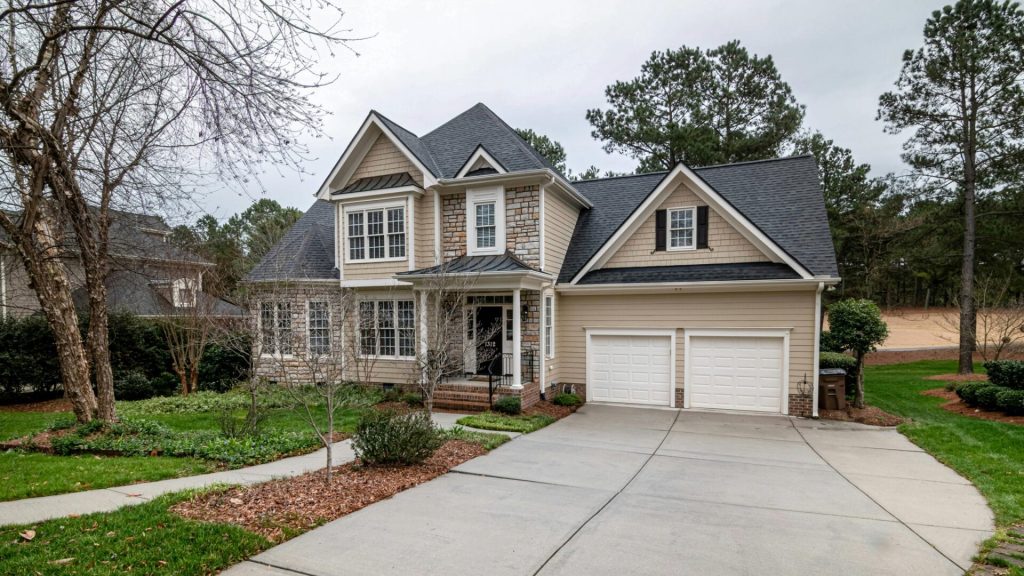
These statistics all together paint a grim picture of the current state of insured homes in the United States. Of the $1.6 trillion in property value that was found to lack coverage in 2021, $339 billion of it belonged to Hispanic-owned homes, and $206 billion was from Black-owned homes.
A Report Regarding Homeowners Insurance
The Consumer Federation of America released a statement regarding the findings, pointing to the various ways that homeowners insurance can be a marker of long-term inequality. “Being uninsured poses a potential threat not only to individual homeowners, but also to communities and our national housing stock,” the report reads.
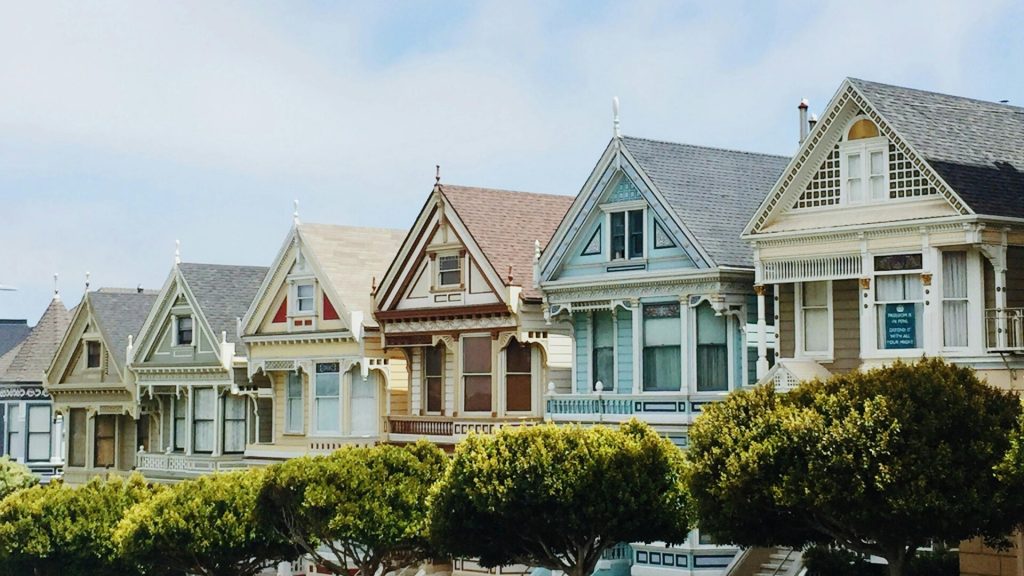
It goes on. “Being uninsured can foster deeper economic precarity for millions of homeowners across the country, especially those with lower incomes, and it is an important contributor to racial inequality.”
Racial Inequalities in Coverage
The report continues, addressing racial matters. “Inequalities in who has homeowners insurance will likely widen the long-standing racial wealth gap, as uninsurance disproportionately impacts Hispanic, Black, and Native American homeowners.”
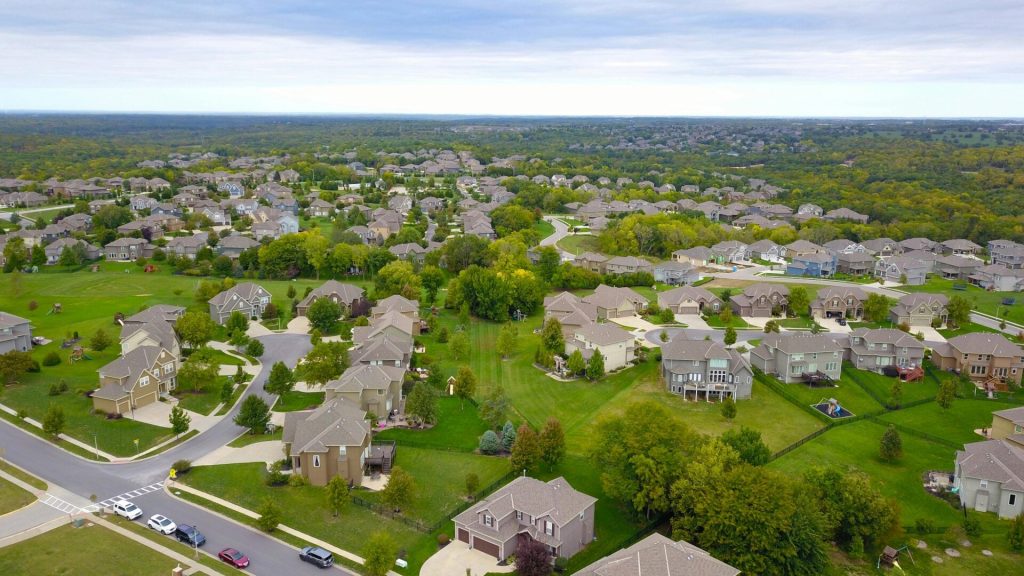
“Over time, insurance access is likely to become a key decider of who can fully reap the benefits of homeownership, including maintaining their home and building wealth,” the report concludes.
Finding Insurance is a Challenge
Unfortunately for many homeowners, the issue of finding insurance is one that is becoming increasingly difficult, and in some cases dire. Some insurance companies have started to discontinue offering new policies in various states, due to the significant risk that is growing regarding extreme weather events.
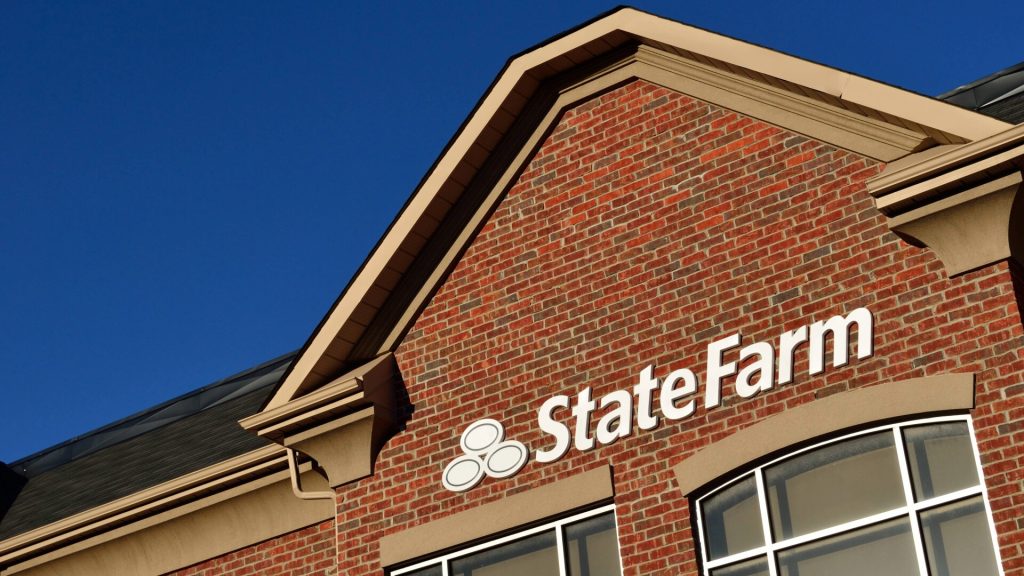
Companies such as State Farm and Allstate have discontinued offering new policies in states such as California and Florida, citing extreme weather examples such as fires, floods, and hurricanes. The risk that the companies are attempting to mitigate by providing coverage is growing each year, with climate change making weather more intense, and therefore riskier.
Methods of Mitigation
Some states, such as California, are attempting to mitigate the damage done by exiting insurance companies by changing laws that allow for them to raise premiums without a requisite warning period. Unfortunately, while this might be a good move for insurance companies, to charge more for the higher risk, it’s a move that will heavily impact consumers.

“Many consumers are struggling to afford rising premiums, and just go without homeowners insurance,” said Sharon Cornelissen, the Consumer Federation of America’s director of housing, and the co-author of the report. “That puts them at risk of losing everything. One storm or wildfire means they have to go into deep financial debt to repair their home, live with unsafe and inadequate housing, or even become homeless.”
Recommendations on Solutions
There is a silver lining, though. The CFA report made several recommendations for ways to mitigate the data that was found regarding homeowners insurance. Some of these recommendations include allowing state insurance regulators to collect more data to track insurance gaps, as well as inequality in the insurance markets, and gathering information about racial homeowner insurance gaps.

The most significant suggestion, though, surrounds the source of the problem. The CFA suggests that problems in the homeowners insurance market pose a system threat to housing markets, and solving them will require extensive investments in mitigation. The means that state and federal government will need to work together to come up with a plan to solve the problem, and substantially increase investments
Going Forward
Like many other issues, the systemic problems around homeowners insurance will require a multi-faceted approach to manage. There isn’t a one-size-fits-all solution, and unfortunately, in the meantime, many homeowners will continue to suffer the risks that come with not having insurance.

Reports like the CFA report help to draw attention to the issue, and help average Americans to understand the different ways that they can mitigate risk for themselves. There are programs to assist with premiums and tax breaks that come with being a homeowner, and while these are systems that don’t necessarily fix the source of the problem, they can still help to make things a little more bearable.

